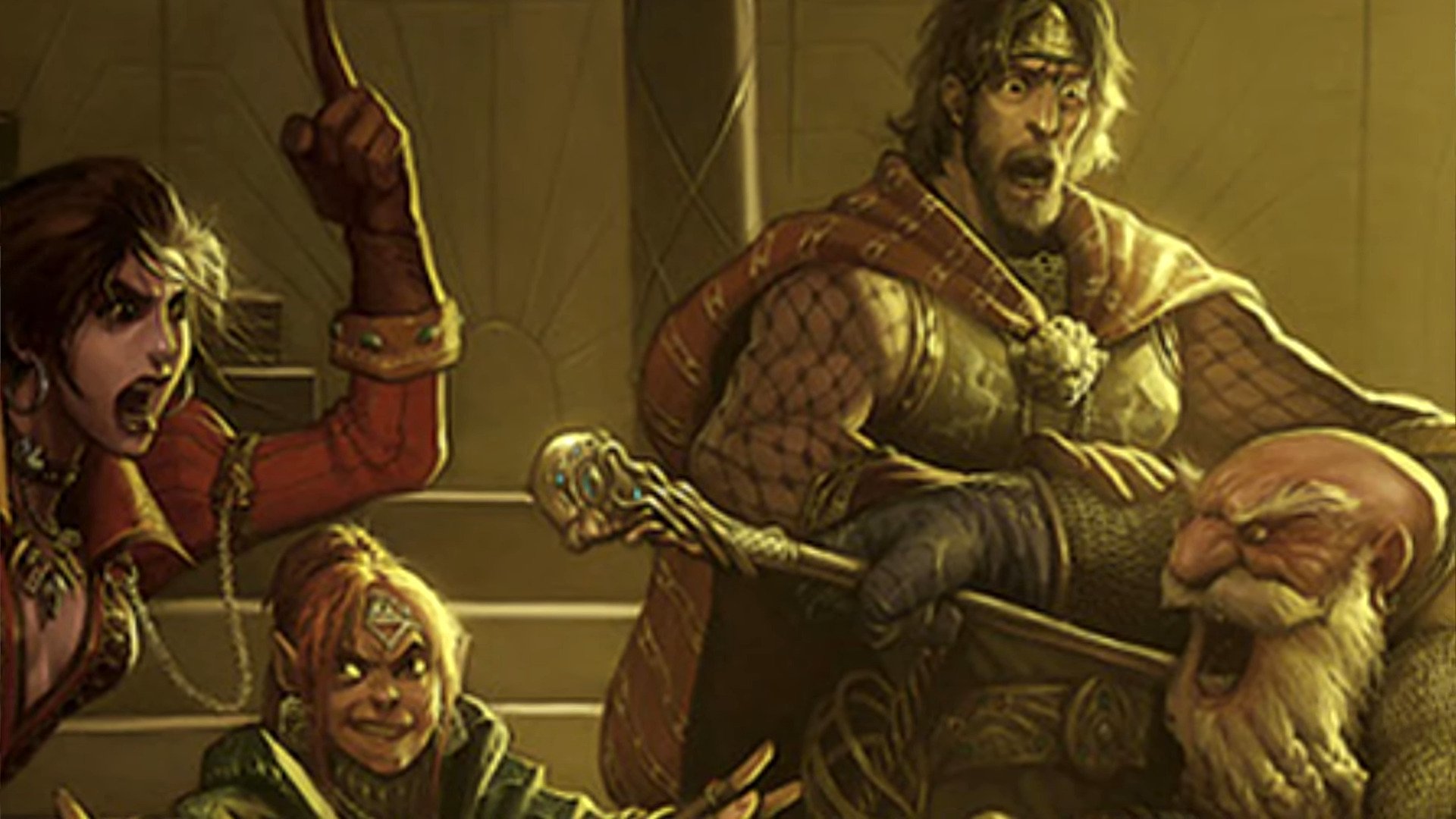A morality system has existed in some way, shape, or fashion since Dungeons and Dragons’ creation back in the 70’s. Back then, there were only 3 alignments: Lawful, Chaotic, and Neutral. Lawful represented honor and order, chaotic represented freedom and individuality, and neutral strove for a balance between the two. As the years went on, a second morality axis was introduced, this time between Good and Evil.
With these two axes, players could choose between 9 alignments: Lawful Good, Lawful Neutral, Lawful Evil, Neutral Good, True Neutral, Neutral Evil, Chaotic Good, Chaotic Neutral, and Chaotic Evil. A tenth axis also exists for creatures lacking the intelligence to be defined by the others, called Unaligned.
Now, people within the multiverse could be from both of the axis. Tyrants became Lawful Evil, Robin Hoods became Chaotic Good, and suddenly a new world of character creation and customization opened up. With this system, players were encouraged to create more diverse and three-dimensional characters.
When Fifth Edition came out in 2014, it streamlined Dungeons and Dragons in a way that helped thousands of new players become familiar with a previously rules-heavy system. Part of the reason D&D has become so popular over the last decade is because of this accessibility.
However, when the new edition came out, an old remainder stayed over from the older systems: alignment. Alignment has always been and remains to be one of the more hotly-contested subjects in D&D. Many old-fashioned DMs will argue that alignment is still a necessary feature, but is that really the case?
Many people actually seem to think not. After all, real people are a lot more complex than what two words can describe, and that goes for D&D characters as well. Most people make a variety of complex moral decisions on any given day. Choosing the same way for everything can make a character boring.
On top of that, an alignment system tends to make people feel like they have to rigidly stick to their alignment, no matter the situation. This can lead to tough situations or even a loss of interest in a two-dimensional character. Even worse, many players get alignments completely wrong, leading to people being labeled as terms such as Chaotic Stupid.
Still, many people really do believe that they’re necessary.
Alignment systems do have their perks, after all. New players often use the alignment system as a branching-off point for potential character ideas. Many new players also need a bit of structure when first starting off in order to get comfortable with the system and with roleplaying in general.
So are alignment systems necessary? Well that’s up to the community. One thing is for certain, D&D is an ever-changing system with something to offer everyone.
